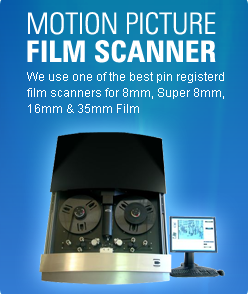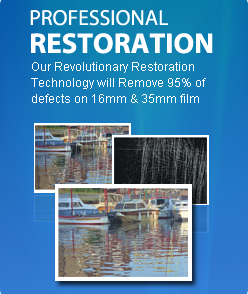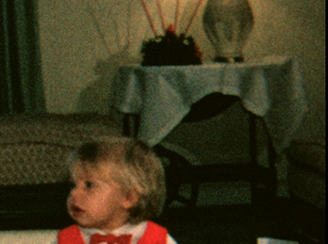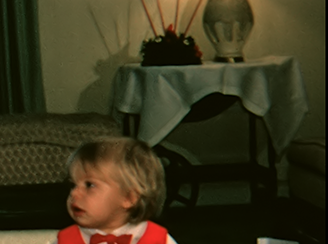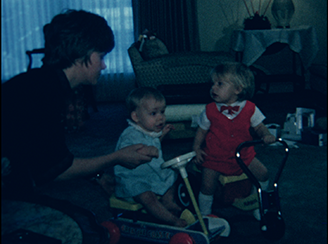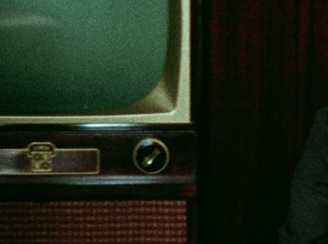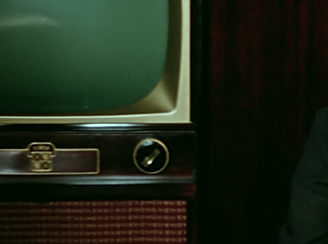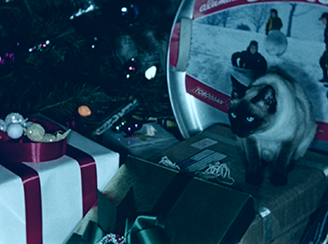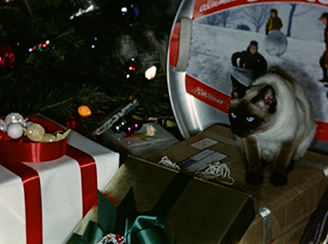
Pro Hollywood Restoration Lafayette
We offer 3 restoration options. Color Correction, Grain Elimination and Stabilization Technology.
About 90% of our Lafayette customers want the color correction and about 75% do the grain elimination. We do also offer image stabilization. It adds a nice touch to those old home movies.
Color correction is very important for amateur film because we will be able to recover more footage that was shot too dark or has darkened as part of the aging process. The scanner monitors the light and color balance and will change it based on pre-determined algorithms. This means it will pump more light through film that is dark and it will back off on film that is too bright. This will allow us to recover footage that would normally be too dark or too light. In addition, after the scan, an editor will go through the footage looking at skin tone and things like the color of the sky to order to make sure it looks correct. You can see in the examples below how much better the images look with our 2 pass color correction.
Grain is on all film. Look at the "Before" picture below compared to the "After" picture. These little dots muddy up the image and take away from the content you care most about. Now, look at the After picture on the right. This is what you really want to see. We do recommend Grain Elimination on all film for our Lafayette customers.
Most amateur films have some stabilization issues just because of the way the film was shot. But, most people are used to seeing this on old movie film (See example video clip below). So, we see stabilization as a nice to have but not required. If you can afford to do it then we would recommend it. If it pushes you outside your budget then we would just recommend the Grain Elimination technology.
Super 8 Film Examples Lafayette
|
|
Before |
After |
|
|
|
|
Before |
After |
16mm Film Examples
|
|
Before |
After |
|
|
|
|
16mm Before |
16mm After |
Lafayette Fun Facts: They are deeply religious, hard working but enthusiastic and fun people. Their food, spicy and flavorful, became famous throughout the country and still is a favorite among the visitors of the "Bayou Country". Lafayette is located in the southern central part of Louisiana, at the intersection of Highways 10 and 49. It is the fourth largest city in Louisiana and is the only major city in Louisiana that has grown in population since the year 2000.
Louisiana Fun Facts: Originally colonized by the French during the 18th century, it became U.S. territory as part of the historic Louisiana Purchase in 1803, and was admitted to the union in 1812. Louisiana’s capital city is Baton Rouge. It is also home to the historic port city New Orleans, which is famous for its unique cuisine, jazz and spectacular Mardi Gras festival.
